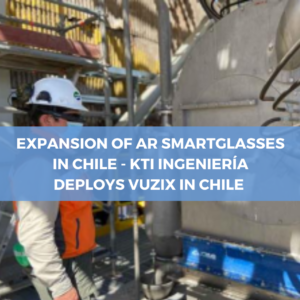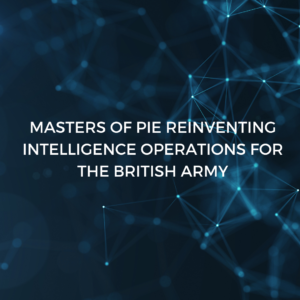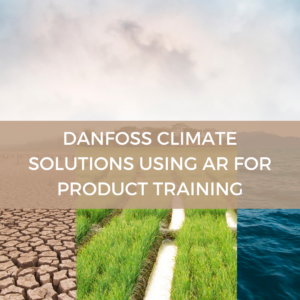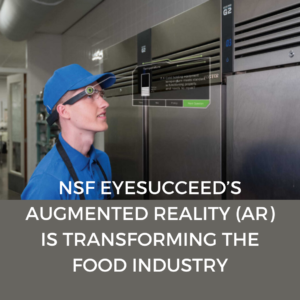University of Sheffield Advanced Manufacturing Research Centre (AMRC) engineers worked with officers at RAF Leeming in North Yorkshire to demonstrate how augmented reality (AR) headsets could revolutionise day-to-day MRO by streamlining inspections, providing access to remote expert assistance and rapidly upskilling the workforce.
“This could completely change the way we work,” said Squadron Leader Marcus Ramsden, Engineer Officer (AeroSystems) at RAF Leeming. “Because of its use in gaming, this is technology that new RAF recruits are completely familiar with; we need to grasp it and embody it in our operations.”
Since 2015, Microsoft HoloLens’ have been employed by astronauts on the International Space Station when they need hands-free, remote assistance from NASA scientists on Earth, who are able to see precisely what the astronaut is seeing and advise accordingly.
After identifying mixed reality, specifically the Microsoft HoloLens 2 AR headset, as having the potential to streamline inspections within the RAF, by replacing traditional pen-and-paper checklist work instructions with simple, step-by step holographic instructions displayed in an engineer’s field of view, a team from RAF Leeming visited the AMRC’s Factory 2050 in Sheffield.
Sqn Ldr Ramsden said: “At Factory 2050 we saw mixed reality devices being used to do MRO on a kit car and it set my mind into overload – if it could work on a car, why couldn’t it work on an aircraft?
“The University of Sheffield has a Hawk T Mk 1 on its campus, the AMRC has the expertise, and a relationship with Microsoft was already there. It was all perfectly aligned so we commissioned the AMRC to turn one of our paper-based systems into a mixed reality solution, to see what it could do.”
To demonstrate the technology, the AMRC chose to create a mixed reality solution for a wheel change and brake pack assembly on the Hawk T Mk 1, a two-seat training aircraft familiar to many as the aircraft of choice for the RAF’s aerobatic team, the Red Arrows. Developing the mixed reality solution involved learning the current manual method for the wheel change and brake pack assembly, reverse engineering the paper-based instructions and then measuring the individual components to create computer-aided design (CAD) assets. Work instructions were created from those assets and generated in AR on the HoloLens 2 headset using the Microsoft Dynamics 365 Guides application.
Mike Lewis, Digital Theme Lead at the University of Sheffield AMRC, said: “The major element of the solution we demonstrated is the overlaying of the 3D CAD assets onto the aircraft to provide holographic instructions to the operator. On the headset, an engineer can see components superimposed in 3D on the workpiece and, using spatial perception on the HoloLens 2, be told exactly where they need to be working.
“An AR headset can store far more information than a paper instruction document and it reduces the margin for error considerably because there is a 3D representation of the instruction.”
Sqn Ldr Ramsden says the AMRC, part of the High Value Manufacturing (HVM) Catapult, has demonstrated how the technology could be integral in three core areas of the RAF’s operations: remote assist, understanding data and training.
“Right now, when an aircraft is moved to the front line, a team of engineers with individual expertise and their many 400-page manuals move with it. Those paper-based systems not only use up valuable space and weight, they are susceptible to wear-and-tear and can be very cumbersome in the environments we work,” said Sqn Ldr Ramsden.
“Added to that, most of our processes were written down in the 1970s, which means they have been updated inconsistently, can be tough to understand and are hard to translate from the page into the real world.
“Mixed reality would completely change the way we work; one engineer can have the entire up-to-date dataset right in front of them and can be supervised remotely by subject matter experts potentially located on the other side of the world.
“Then, when we consider training, not only can our engineers learn in a safe environment where maintenance notes are flagged up in front of their eyes, they can be guided through simulations of different tasks before physically performing that process – all entirely hands-free. This technology has the potential to streamline our processes, boost our efficiency and improve our safety.”









